Image overload – is digital campaigning overwhelming the message ?
Bethany Wheatley | 15 avril 2015
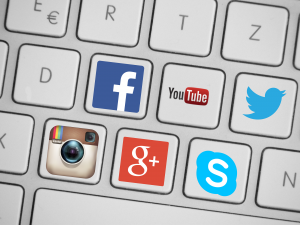 Image overload – is digital campaigning overwhelming the message ?
Image overload – is digital campaigning overwhelming the message ?
By Bethany Wheatley
Social media makes it easy for political parties to create and share images, but are they overloading the electorate with visuals at the expense of the message ?
Parliament has been dissolved and there are no longer any MPs in the UK. No, it’s not a reinstatement of absolute monarchy; it’s the General Election campaign, bringing with it a deluge of political advertising, much of it online, through social media.
In the UK, the six weeks before a General Election are known as the short campaign. During this period the strict rules governing spending by political parties in the long campaign (I know, catchy names) get even stricter, which means parties and candidates look for the most cost effective ways to communicate with the electorate.
One way to get your message across without shelling out too much hard-raised money is social media. As more people engage with politics through platforms like Twitter, Facebook and even Instagram, the shift in political advertising from hard-copy posters and billboards to shareable digital photos makes sense.
Within the government and politics sector, Tweets including a photo get 62% more retweets[1] than plain text, and with photo and infographic creation tools readily available[2], Photoshop is no longer a prerequisite for building slick digital posters. They can be mocked up, approved and shared quickly by the rapid response teams employed by each party. Great for campaigns, but could too much media lead to ‘image fatigue’ for the digital electorate?
Image fatigue in digital marketing explains how too many images, rather than encouraging a purchase, can turn a potential buyer away from a product. Applying this concept to digital political campaigning – where the candidate or party is the product – what if the electorate is being bombarded with too many images, infographics and videos?
Creating new visuals for each and every slightly controversial utterance from the opposition, or posters to promote more than just the key elements of their own manifestos, might seem like the best way to have a strong and relevant social media presence, but could it lead to exactly the opposite reaction than intended and dilutes the message?
The intensity and level of online campaigning means 2015 is being called the ‘internet election’ (since 2010, which was meant to be the first ‘internet election’ was actually dominated by television debates…), but that’s a false phrase. While this is the first UK General Election where so much campaigning is taking place online, large segments of the electorate either aren’t on social media or don’t engage with politics via their social networks. More cross-pollination between old and new media is certainly taking place, so post-election polls breaking down and measuring engagement (or lack thereof) with digital campaigns will be incredibly useful for campaigners looking to hone their approach.
Until then, check out the offerings from some of the UK parties and share your thoughts in the comments: @UKLabour, @conservatives, @libdems, @UKIP and @snp.
[1] https://blog.twitter.com/2014/what-fuels-a-tweets-engagement
[2] http://www.huffingtonpost.com/belle-beth-cooper/14-tools-to-create-engagi_b_4804924.html
Crédits photos : kropekk_pl / 766 photos

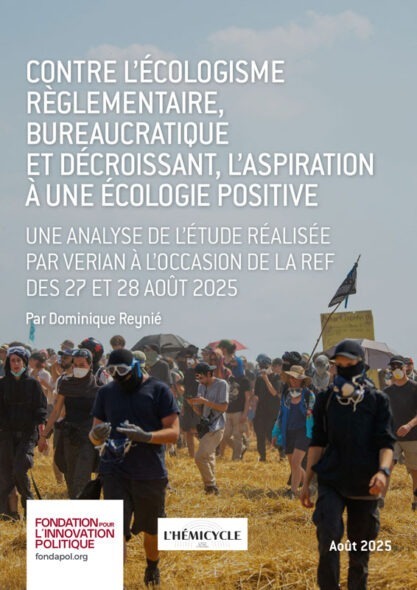
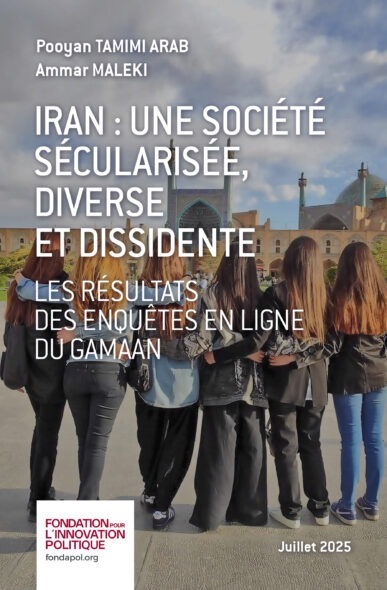
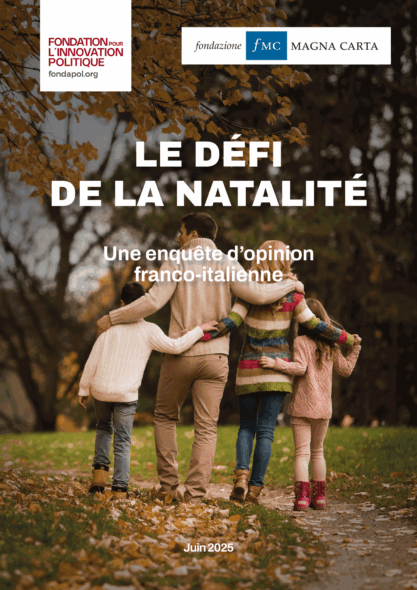
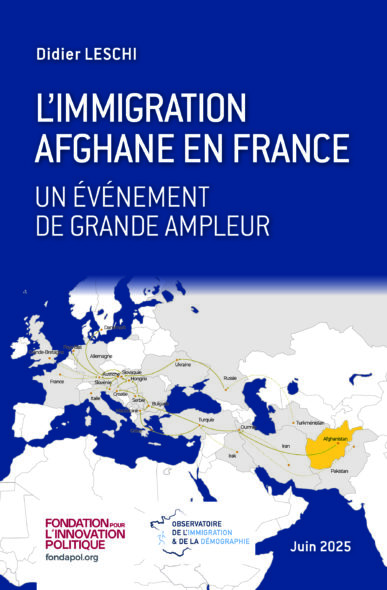
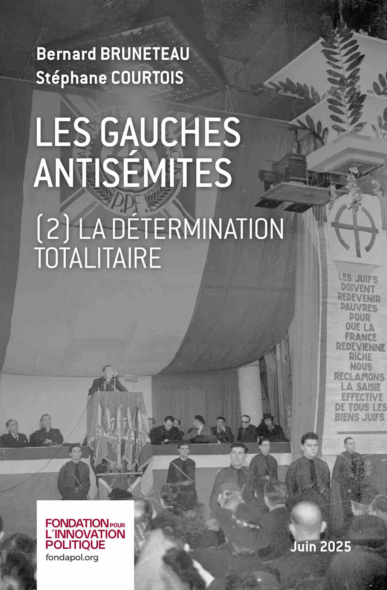
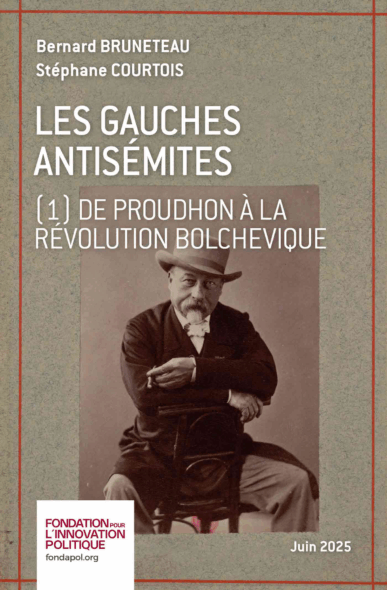
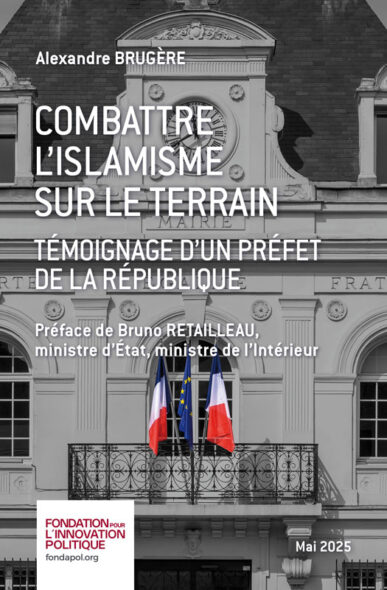
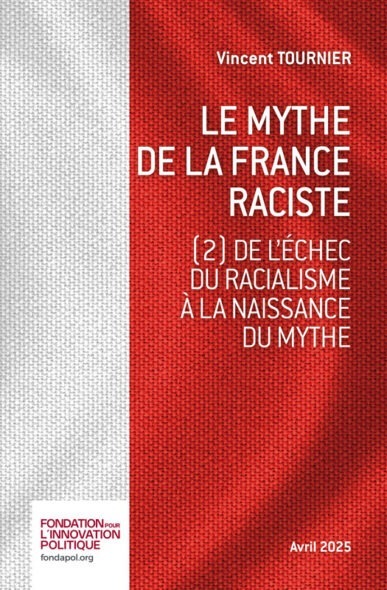
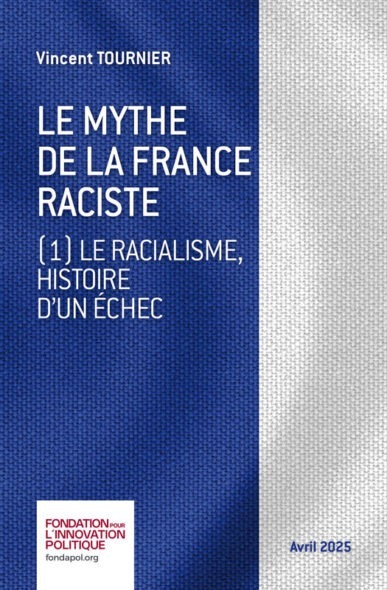
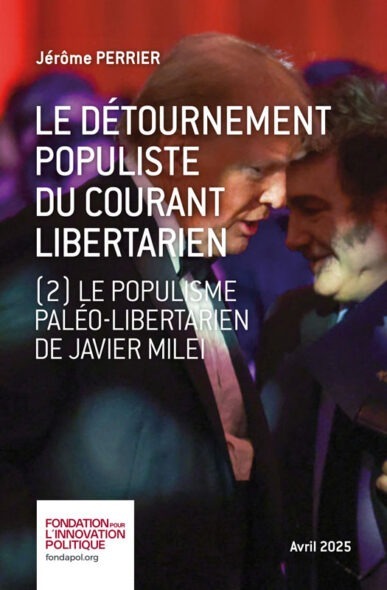
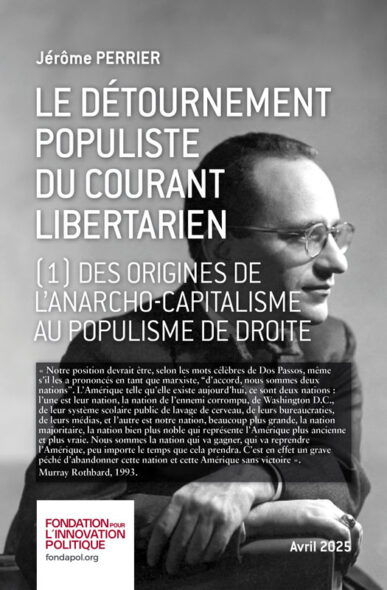
Aucun commentaire.